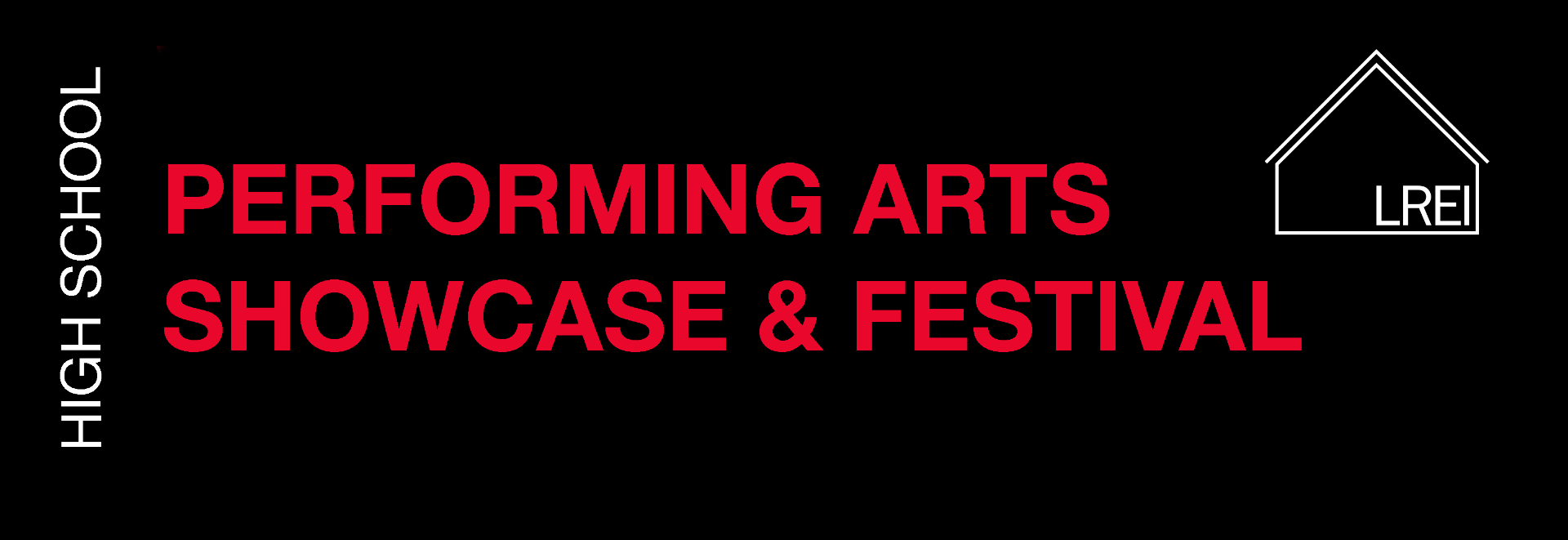Artist Statement:
We chose John Coltrane’s arrangement of “My Favorite Things” because the tune’s balance of near-universal recognizability and modal complexity would be a significant step forward for us as musicians. Music in the more “avant garde” and bebop styles of jazz was intimidating for us given that we were not totally well-versed in jazz. “My Favorite Things” would be a primer to exploring those sub-genres/styles in a more accessible, but still challenging, way.
We really had to test our ears when working to transcribe the song when we were first learning it. This song, as most modal jazz songs do, stray from strict structures, opting for freeform experimentation with things like modal interchange (borrowing notes and chords from other scales). One thing that we played with was McCoy Tyner’s stacked fourths technique, where he’d take notes from a chord and rearrange them to play fourths in both his left and right hand. We also experimented with modulation to the E phrygian scale for Zander’s solo. The melody takes on a new feel, but is centered around the same key ideas. The final piece to the puzzle was the bridge, in which Zander reharmonized the melody in order to add some variance from exactly what Tyner played.
Our main struggle was staying together, rhythmically as well as melodically and harmonically playing off of each other and complimenting each other’s parts.
Reflection:
Jack
My Favorite Things” tested me in ways that few other music projects have. I took on a much more significant leadership role in this project because I was tasked with playing the all-too-familiar melody. In Coltrane’s version, the melody is what drives the song. He retained much of the structure from the Broadway original and added many embellishments to truly make the song his own. I certainly do not consider myself anywhere near the caliber of John Coltrane, but I tried to add some melodic and rhythmic embellishments of my own to our rendition.
Improvisation was a key element to Coltrane’s version of “My Favorite Things,” and we made it central to ours, as well. Soloing has always been something that I avoid because it is (understandably) scary. Over-thinking soloing like this can bog down the actual result, making it sound more like mindless “noodling” than a moving musical exploration. I have a lot more work to do, but “My Favorite Things” inspired me to really give it a shot.
Luc
The main challenge this year was swinging in a ¾ time signature. Aswell, I was not used to moving my feet, especially my hi-hat foot, in a three pattern and having to improvise every hit on the snare. I worked on these three pieces and put them together in order to play “My Favorite Things,” by John Coltrane. Putting them together was hard enough, but I also had to swing with a buoyancy in my ride and overall groove in the kit, in order to make the music flow and not be robotic.
Zander
The main skill I was working on was being able to play with other musicians. I’ve played with musicians in the past, but it’s been focused more on playing what’s on the page. I had to work on listening for musical cues as well as making them myself.
Credits:
Jack T (guitar)
Zander (electric piano)
Luc (drums)
Milei (upright bass)
Chartlton St. Studio (mixing, production)


















